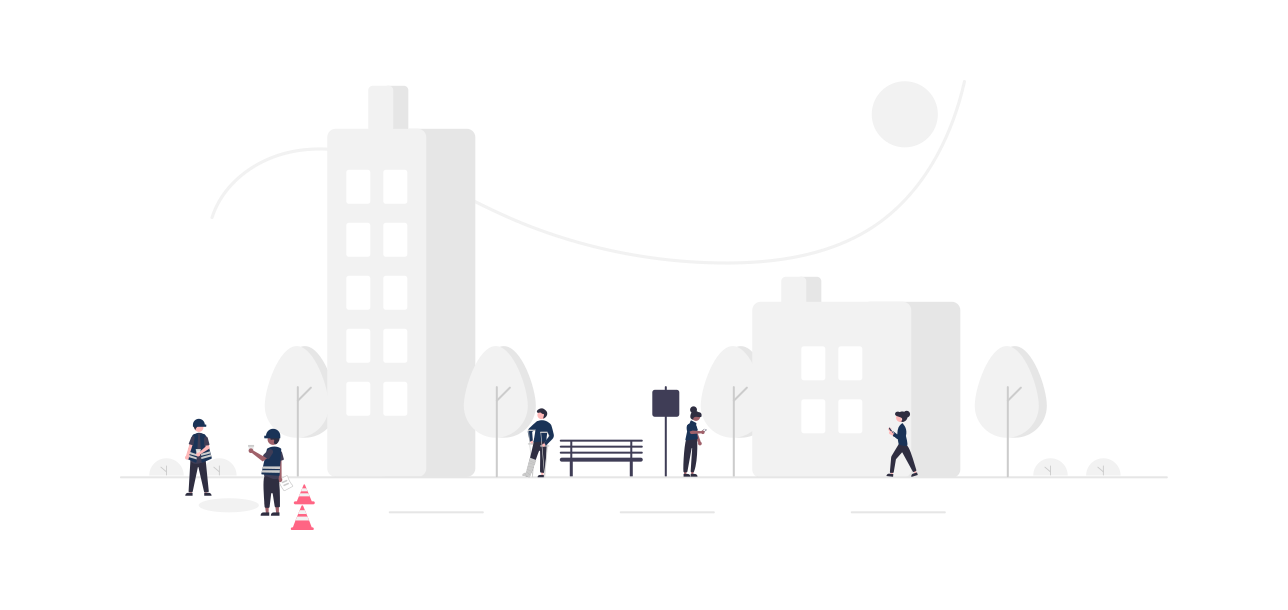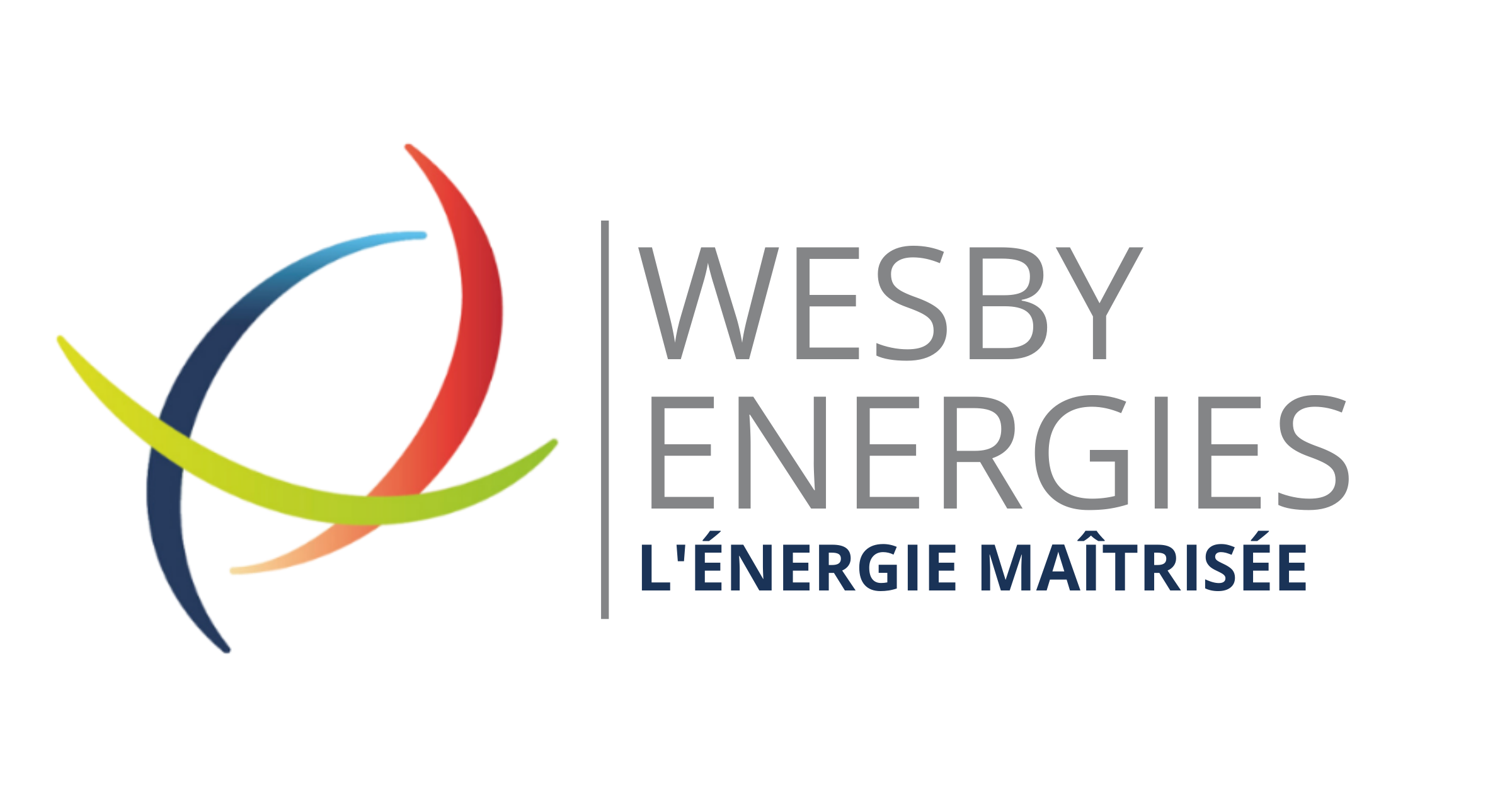A circular economy in 2021: what is it?
Article by Wesby Energies

In the 21st century, if there is one issue of great global concern, it is the ecological one. All nations of the world recognize the need to protect the environment by reducing the generation of waste. So to encourage waste recycling, the concept of the circular economy was born. What is it about ? What is its origin ? What is she like ? What relationship can be established between a circular economy and the building?
Simple definition of circular economy
The circular economy aims in a classic way, the organization of an economic scheme so that the waste produced is reused for other purposes.
In reality, the concept aims to reduce the use of the earth’s natural resources (energy expenditure, water resources, raw materials) when the good or service is created. Also, at the time of production, the resources used are optimized for prolonged use. Likewise, the good produced is in such a way that it can be reassigned to other uses as soon as it is out of use.
Origin of the concept of the circular economy
The term Circular Economy was first used in 1990 by Kerry Turner and David W. Pearce in “Economics of Natural Resources and the Environment”. However, the origins of the cyclical form of economic production (as opposed to online or linear) go back a few decades. Indeed, it is in the Club of Rome report disclosed in 1972 that we must locate the first examples of loop economies, which would later give way to the circular economy.
Then, in 1976, the concept was presented by socio-economist Geneviève Reday and architect Walter Stahel, in a report for the European Commission. This report was concerned not only with job creation, but also with reducing energy consumption. Two other theories (regenerative economics and performance economics) are also considered as doctrines that established the concept’s birth.
What does a circular economy look like
The law of August 17, 2015 on energy transition in green growth states the following: “The transition to a circular economy aims to go beyond the linear economic model consisting of extracting, manufacturing, consuming and disposing by calling for sober and responsible consumption. natural resources and primary raw materials as well as, in order of priority, to the prevention of the production of waste, in particular by the reuse of products, and, according to the hierarchy of waste treatment methods, to reuse, to a recycling or, failing that, waste recovery. ”
Seen from this angle, the circular economy therefore corresponds to the establishment of an energy transition phase with a shift from linear energy production to renewable energy. This allows the company to take advantage of its energy efficiency and efficient management of energy.
Relationship between circular economy and smart building
It is in the building world that the circular economy finds its full meaning. Manage, control and save in real time the energy expenditure of a smart building may require the use of a digital society. Discover our Wesby range, including modules equipped with technology that ensures their adaptation to existing equipment within the establishment. Therefore, WESBY is also a tool for modernizing inexpensively, in a circular economy logic, installations that become, if not intelligent, at least interoperable despite different technologies. Thus, Wesby is the solution that combines savings in investment and operation, in particular thanks to its ability to ensure that energy is used in accordance with the real needs of users.
In doing so, you are in line with the prescriptions of the tertiary decree. When deciphering the tertiary decree, it appears as a law aimed at the creation of a smart city. These cities only house buildings that reduce their energy consumption and make the circular economy a reality.
In conclusion, at a time when governments around the world are waging a bold fight against global warming, the circular economy has become a concept to be popularized at all costs. The building, a major energy consumer, is not spared by this concept. Online companies make it easy to set up.
Energy transition in 2021, with Wesby Energies, it’s much easier!!
Our Wesby Range
Scalable and adapted to your needs and constraints
Example: convenience store
WESBY DISCOVERY
1 WESMPCI
4 room sensors
1 outdoor temperature sensor
1 IOT sensor electric meter
1 gas meter IOT sensor
1 IOT sensor water meter
4 actions included
Example: buildings
WESBY COMFORT
1 WESMPCI
1 WESIO (UNIGRID actuator)
10 room sensors
1 outdoor temperature sensor
1 IOT sensor electric meter
1 gas meter IOT sensor
1 IOT sensor water meter
8 actions included
Example: municipal technical center, administrative establishment
WESBY PREMIUM
1 WESMPCI
15 WESIO or more (UNIGRID actuator)
30 room sensors
1 outdoor temperature sensor
1 IOT sensor electric meter
1 gas meter IOT sensor
1 IOT sensor water meter
Up to X actions


